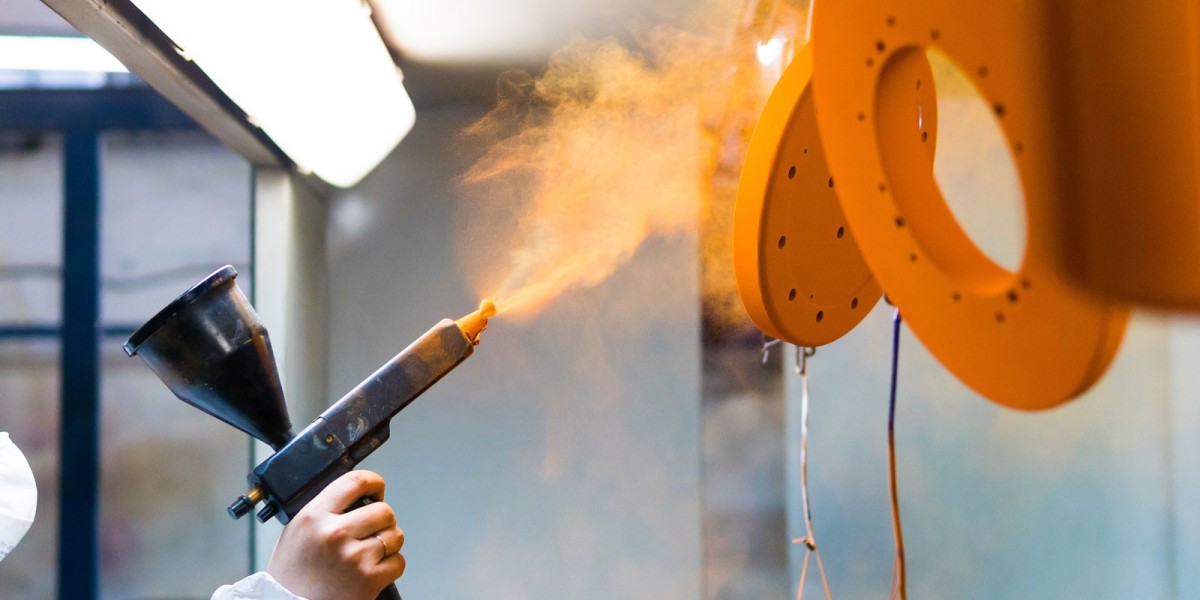Protecting Ships from Corrosion: The Important Role of Marine Coatings
Antifouling Coatings: Preventing Marine Growth
One of the biggest issues that ship owners face is marine growth attaching itself to the hull. Marine organisms like algae, barnacles, and other mollusks can increase drag and decrease fuel efficiency if left uncontrolled. To combat this, modern ships are coated with antifouling paints containing biocides. These biocides are designed to leach out of the coating over time and prevent marine fouling organisms from attaching to and growing on the hull.
Different types of antifouling coatings use different biocides and technologies. Early antifouling paints contained highly toxic tributyltin (TBT), which was very effective but also caused severe environmental damage. Most countries have now banned the use of TBT and antifouling paint makers have developed alternative biocides that are still effective while posing less risk. Common alternatives to TBT include copper, zinc pyrithione, and Sea-Nine 211.
The rate at which the biocide leaches out of the coating determines how long it remains effective at preventing fouling. Marine Coatings that are designed to last 2-5 years will have a slower release rate compared to seasonal coatings that only need to protect for a few months between drydockings. Ship owners must carefully consider vessel operating profiles and drydocking schedules when selecting the right antifouling system. Improperly specified coatings can lead to either excessive early sloughing or a loss of effectiveness over time.
Ablative coatings utilize a bonding matrix that physically breaks down over time, scraping away and exposing new biocide-containing coating beneath. This self-polishing mechanism helps control the rate of biocide release. Hard coatings rely solely on biocide leach rate and do not ablate. Both hard and ablative systems have benefits depending on the vessel and intended service life.
Corrosion Protection Marine Coatings: Preserving the Hull Structure
Just as critical as preventing marine growth is protecting the steel hull from corrosion caused by seawater. The marine environment is extremely harsh and without proper coatings, exposed steel will corrode rapidly due to electrolysis. This can significantly compromise the structural integrity of the hull over time.
Modern epoxy coating systems have revolutionized corrosion protection for ship hulls. Epoxy coatings form a chemical bond with steel surfaces that provides an impervious barrier against water penetration. They are also far more durable than older coal tar and other coatings.
Multiple coats may be applied to achieve the required dry film thickness for the expected lifespan. Epoxy primer coats adhere well to steel and provide corrosion inhibition. Subsequent mid-coats and topcoats improve aesthetics, resistance to damage, and UV stability for long-term exterior exposure. Certain epoxy "tie-coat" products are used for optimizing adhesion between layers.
Newer epoxy "tank" coatings have taken over the duties of protectively coating cargo tanks and ballast tanks from previous inorganic zinc silicate coatings. They prevent corrosion of tanks even when submerged or containing corrosive cargo materials. Rapid curing formulations allow for faster application in shipyards and drier environments for work crews.
Touch-Up, Repair & Maintenance Coatings
No matter how carefully applied, these coatings on working vessels will eventually show signs of wear, mechanical damage or corrosion over time. Thankfully, coatings manufacturers offer comprehensive lines of touch-up and repair products to restore and maintain coating integrity between regular drydockings.
Epoxy mastics and pastes fill pits, cracks and other surface imperfections before recoating. Zinc sprays and epoxy primer surfacers prepare rusted or damaged areas for coating rehabilitation. Caustic-free blast media avoids further contamination.
Due to the difficulty of working over the sides of vessels, fast-curing acrylic and polyurethane type coating repairs are ideal. Roller, brush or spray application lets crews make patch repairs without major surface preparation. Some product lines are formulated to be compatible with a variety of existing coating chemistries for simplifying maintenance.
With proper material selection and application techniques, marine coatings protect the steel infrastructure that keeps commercial and military vessels operational for decades of harsh service. Ongoing improvements in coating technologies will continue enhancing ship owners' ability to maximize hull performance and minimize corrosion costs.
Siddhi Gade
30 Blog posts



